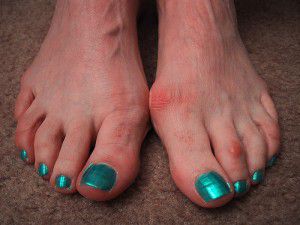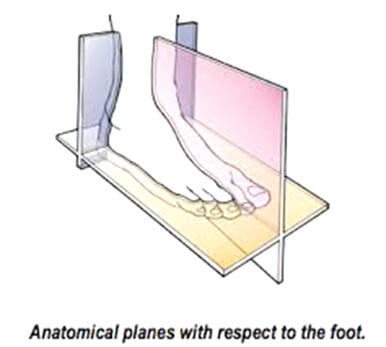washington bunion center
Displaying items by tag: washington bunion center
Dr. Brandon Nelson, Board-Certified Physician and Surgeon, Discusses #1 Bunion Currently in the United States.

Bunion surgery continues to be the most common foot surgery United States. Tens of thousands are performed annually. The vast majority of these are performed in an outpatient setting less than a couple hours. A large percentage of these patients can begin weightbearing shortly after the procedure.
Currently there is a lot of literature around the Lapiplasty which is the device to help improve bunion correction. The idea behind the device is a 3 plane correction of the bunion this been utilized for over 6 years and on over 35,000 patients. Lateral last he device helps to correct, cut, compress and fixate the bunion procedure.
First component of the laminoplasty is correct. The device is utilized to correct the bunion in all 3 cardinal planes by allowing and alignment correction or making any cuts in the bone. A second component for contact performed via sisal J which allows an average cut between 2.4 and 3.1 mm average shortening. Third component or compresses utilized to achieve compression of the joint while maintaining the 3-D correction. The fourth and final fixate is plate system that has been biomechanically tested for multiple complaints stability and rapid return to weightbearing.
I have had experience using the lapiplasty system. The Lapidus bunionectomy remains one of my most commonly performed surgical procedures. It has great power of correction for large bunion deformities and patients with significant instability. If you currently are experiencing bunion pain and are interested in the laminoplasty I am happy to help.
Sincerely,
Board-certified American College of Foot and Ankle Surgeons
Board-certified American College of Podiatric Medicine
Dr. Brandon Nelson, A Board Certified Bunion Expert, Discusses Which Bunion Surgery Is The Most Successful

Bunion surgery is one of the most common procedures that I perform. I see patients from all over the Northwest that come to have surgery at our office. Our onsite surgery center makes it convenient and provides a huge cost savings as compared to a hospital or free-standing surgery center. We provide sedation and a nerve block that makes the surgery completely pain free and comfortable.
Bunion surgery itself is a successful surgery. There are a few factors that need to be addressed before surgery. A complete foot exam, gait analysis, and x-ray usually provide all the vital information that is needed. Once I have all these factors it is easy to make a recommendation of what procedure would provide the best outcome.
Bunion surgery can really be broken down into two types. The first what is called a head procedure, this is the most common bunion to date. The second type is what is called a base procedure. Often the head procedure or Austin bunionectomy is utilized for small to medium bunions that have no sign of foot collapse. This surgery is done by cutting the head of the metatarsal and shifting it towards the outside of the foot. The bone is usually help in place with a screw or a pin.
The second type of bunionectomy the base procedures can be broken down to what is called an osteotomy or fusion. The osteotomy is where you remove a wedge of bone to correct the deformity. This procedure can be used for large bunions with no foot instability. The other type of bunionectomy, the fusion or Lapidus as it is called provides significant stability to the foot. This procedure is phenomenally successful and provides great improvement to the overall function of the foot. If you are suffering from a bunion, give us a call at 425-391-8666 or make an appointment today and together we can come up with a long term plan that provides the best out come for you lifestyle.



